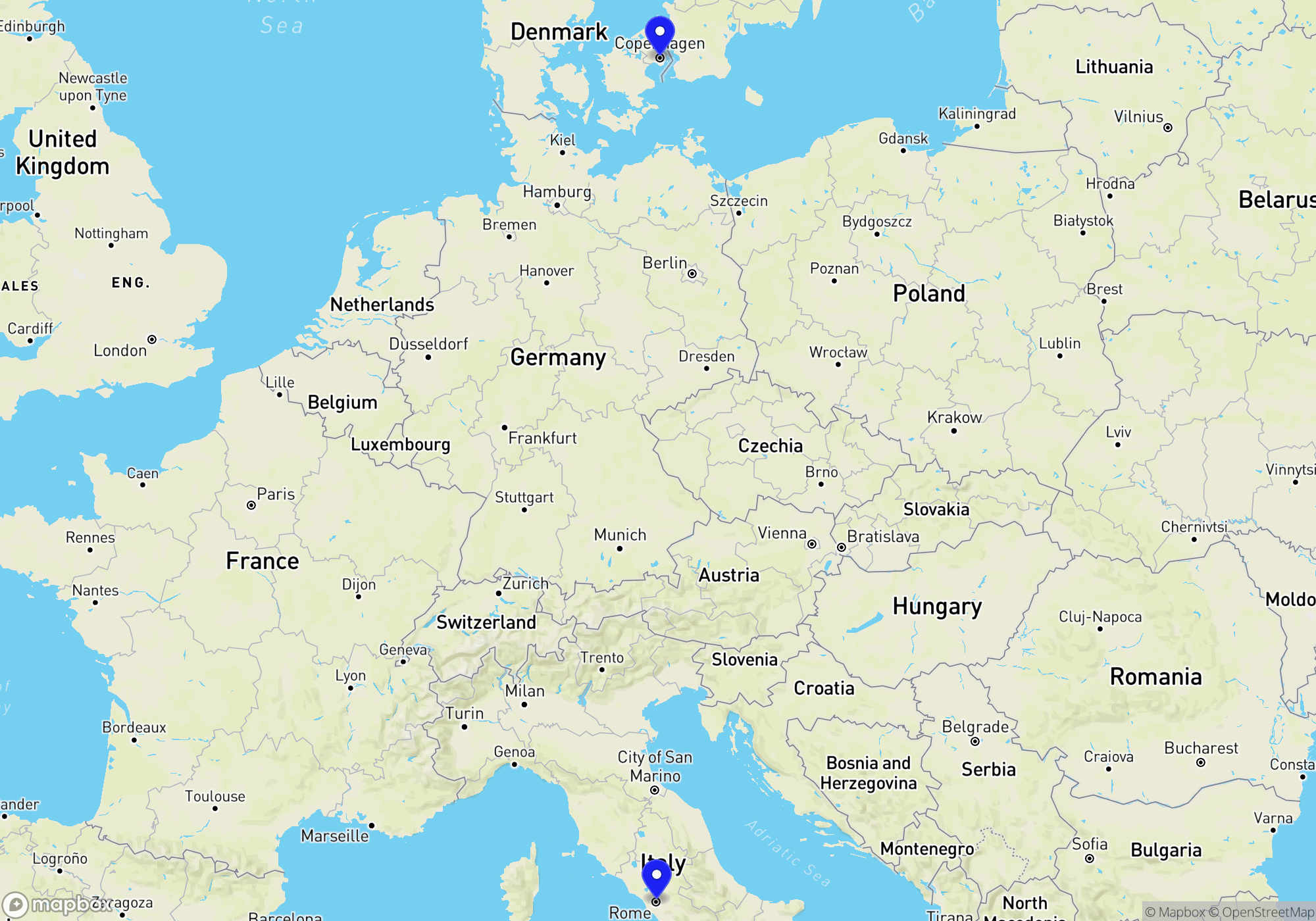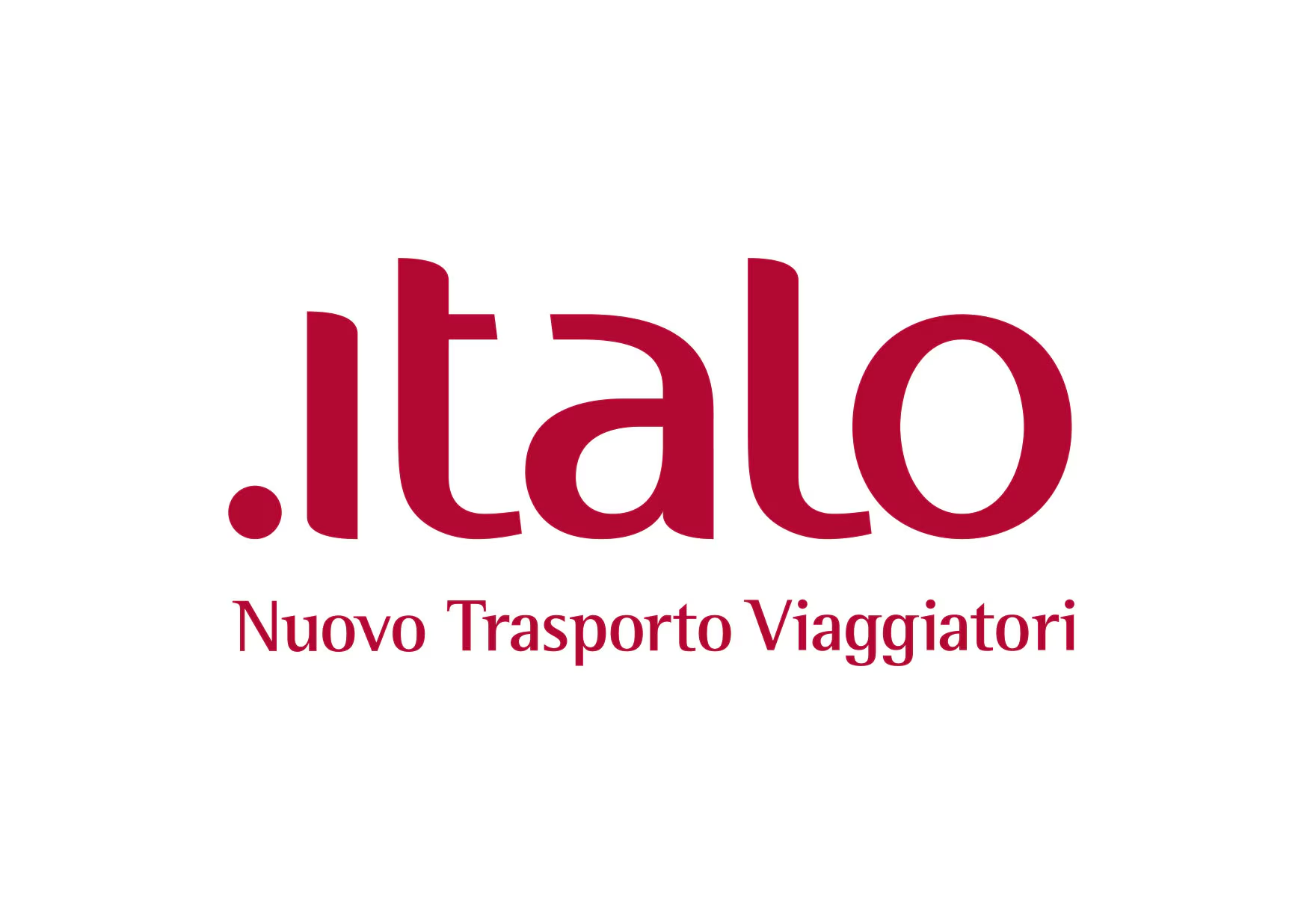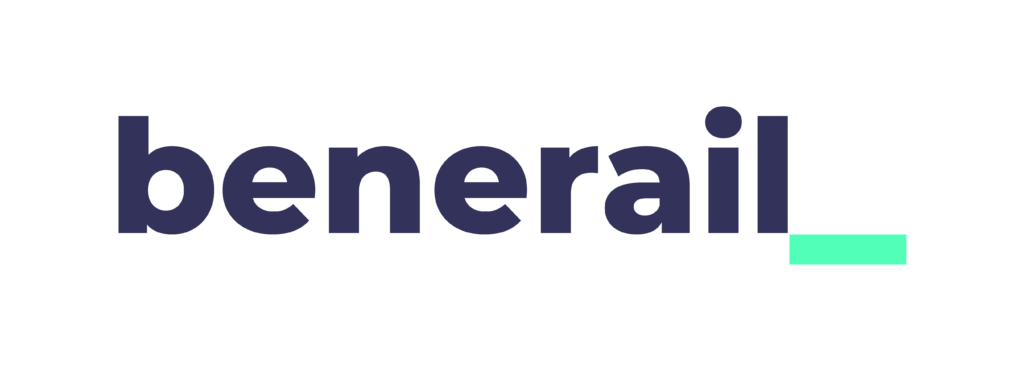
You can buy train tickets directly from the operator or through a reseller. The reseller is typically slightly more expensive (3-5%) but can provide an easier booking experience, especially if you travel with more than one operator.


These operators provide a complete journey either as a direct connection or through their partners. Even if a change of trains is involved, it’s all part of a single itinerary managed by the same train company or its partners, offering a smoother and more coordinated travel experience.

Some operators don’t run direct trains the whole way, but they serve either the departure or arrival station. In many cases, you can combine two of these operators to complete your journey by changing trains along the way. This is often a flexible and budget-friendly way to travel — especially if you’re comfortable piecing together your own itinerary.
Just keep in mind that these are separate journeys, which means a delay on the first leg could cause you to miss the second without automatic compensation or rebooking. It’s a great option for confident travelers who don’t mind a bit of extra planning.





Flixbus is actually a long-distance bus company, not a rail operator. Therefore, it isn’t possible to travel from Rome to Copenhagen by train with Flixbus. If you are interested in train travel from Rome to Copenhagen, you would typically use a combination of different railway services in Europe, such as Trenitalia in Italy, Deutsche Bahn in Germany, and possibly the Danish State Railways (DSB) in Denmark.
For example, you could start your journey with Trenitalia, Italy’s primary train operator, known for its high-speed Frecciarossa trains, regional trains, and Intercity trains. The Frecciarossa offers various amenities such as comfortable seating, Wi-Fi, catering services, and multiple classes to cater to different preferences. Trenitalia provides excellent customer support both online and at train stations, with ticketing services, assistance desks, and comprehensive information on their website.
In Germany, you might then utilize Deutsche Bahn, which is renowned for its extensive and efficient rail network featuring Intercity-Express (ICE) trains. The ICE is a high-speed train offering first and second-class seating, on-board dining, and free Wi-Fi in most trains. Deutsche Bahn’s customer service can be accessed through their hotline, service centers at stations, and a user-friendly website providing detailed travel information.
As you approach Denmark, the Danish State Railways (DSB) operates a reliable service featuring InterCity and regional trains. DSB InterCity trains provide comfortable seating, power outlets, and a quiet compartment for travelers seeking a peaceful journey. DSB is committed to customer service with information desks at major stations, an informative website, and a mobile app for easy ticket booking and travel updates.
To plan your journey efficiently, it’s advisable to check timetables and booking options on the respective websites of these rail operators, as international train travel often involves coordinating schedules across multiple services.
The Interrail Global Pass is valid for travel from Rome to Copenhagen. It allows travel across multiple countries in Europe, so travelers can use it for this international journey. The Interrail One Country Pass is not valid for travel from Rome to Copenhagen as it only covers train travel within a single country and this journey involves multiple countries. The Eurail Pass is valid for non-EU residents traveling from Rome to Copenhagen, as it permits travel across several European countries, similar to the Interrail Global Pass.
Once you arrive in Copenhagen by train, you have several convenient options to get around the city. The metro is one of the most efficient modes of transport, with lines M1, M2, M3, and M4 covering key areas in the city. The metro runs 24/7, making it a reliable choice at any time of day. In addition to the metro, the S-train system serves the broader Copenhagen area, integrating seamlessly with metro services at major stations, such as Nørreport and København H (Copenhagen Central Station).
Buses complement the rail services, offering extensive coverage across the city. They run frequently, and night buses are also available if you’re out late. Taxis are readily available and can be hailed on the street, booked via phone, or through mobile apps like TAXA 4×35. They offer a convenient door-to-door service, although they can be pricier than public transport.
Ridesharing options such as Bolt and Uber are not available in Copenhagen as the services ceased operations in Denmark. However, cycling is a popular and practical way of getting around. The city is bike-friendly, with dedicated lanes and a bike-sharing program known as Bycyklen, which offers electric bikes at multiple docking stations throughout the city. These options make navigating Copenhagen both easy and enjoyable.
Copenhagen serves as a central hub for both domestic and international rail connections, offering various options for train travel. Domestically, one of the most popular routes is the InterCity trains from Copenhagen to Aarhus. The journey to Aarhus takes about three to four hours, providing frequent services throughout the day. Another significant domestic connection is the train service to Odense, which takes approximately 1.5 to 2 hours, making this a convenient trip.
Internationally, Copenhagen is well connected to Sweden via the Øresund Bridge. The Øresundståg trains run every 20 minutes between Copenhagen and Malmö, Sweden, with a journey time of about 35 minutes. This service extends further into Sweden, reaching cities like Gothenburg in about 3.5 hours. For those traveling to Germany, the EuroCity trains provide a direct link from Copenhagen to Hamburg. This journey usually takes around 4.5 hours and includes a ferry crossing. Additionally, travelers can reach other major European cities such as Berlin with further connections from Hamburg. These rail services highlight Copenhagen’s strategic position as a gateway for both domestic and international train travel, ensuring efficient and scenic journeys for passengers.
The best time to visit Copenhagen is during the late spring and early summer months, particularly from May to June. During this period, the weather is generally mild and pleasant, providing an ideal setting for exploring the city by train and on foot. The longer daylight hours allow for extended sightseeing opportunities. This period is also less crowded compared to the peak tourist season in July and August, potentially offering better accommodation rates and more availability. Additionally, May and June are rich with cultural activities and festivals, such as the Copenhagen Jazz Festival and Distortion, a lively street life event, enhancing the overall experience. While July and August also offer good weather and additional events like the Copenhagen Summer Festival, they bring higher prices and larger crowds. Late summer into early autumn, specifically September, can also be a pleasant time to visit with slightly cooler temperatures and diminishing tourist numbers, offering a more relaxed experience while still enjoying the city’s vibrant cultural scene.
When traveling by train from Rome to Copenhagen, it’s important to pack the following items: your passport or European ID card for identification, and any required visas or travel documents if applicable. Bring a valid train ticket or Eurail pass and any necessary seat reservations. A power adapter is essential for Denmark’s Type C, E, F, and K plugs, as well as any electronics you plan to use. Comfortable clothing and a light jacket or sweater will be useful, as temperatures can vary between cities and on the train. Noise-canceling headphones or earplugs can make the journey quieter and more comfortable. A neck pillow and a light blanket can help you rest, and a reusable water bottle and snacks will keep you refreshed. A small first aid kit containing basic medications, adhesive bandages, and sanitation items like hand sanitizer and tissues is wise. Don’t forget your smartphone and charger, and consider downloading offline maps and translations to help navigate Copenhagen. Lastly, pack any required toiletries in compliance with travel regulations, and carry a book or e-reader for entertainment during the journey.